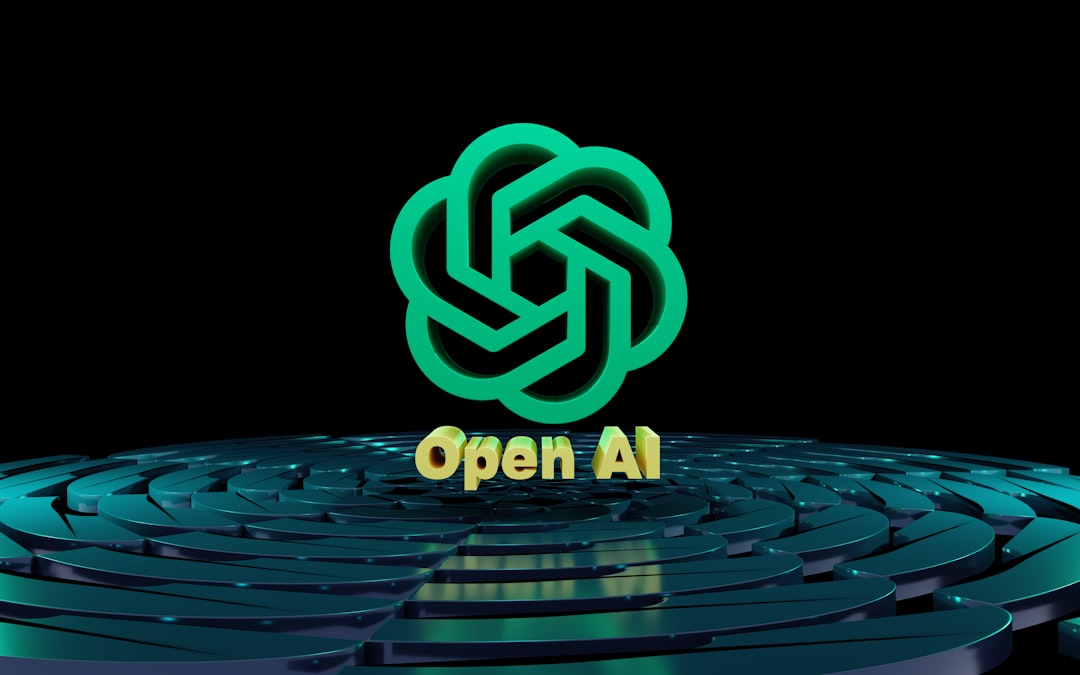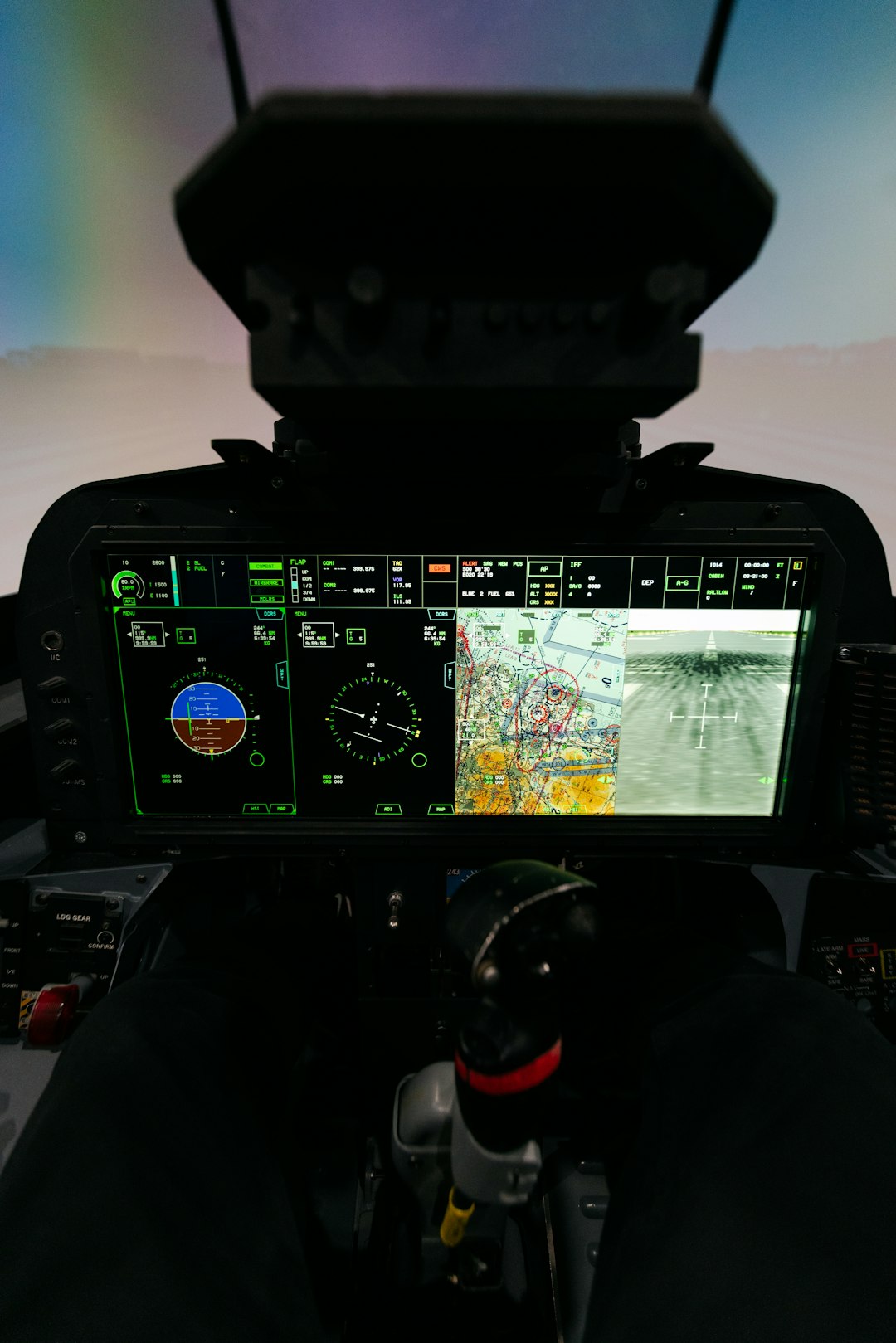If you’re exploring the world of artificial intelligence and machine learning, chances are you’ve come across the term OpenAI Gym. Whether you’re a complete beginner or someone looking to dive deeper into AI development, understanding what OpenAI Gym is and how it works is crucial. It’s a versatile and powerful platform designed to help researchers, developers, and hobbyists train and compare reinforcement learning algorithms. In this guide, we’ll take a comprehensive look at OpenAI Gym, what it can do, and why it has become a cornerstone in AI research and development.
What Is OpenAI Gym?
OpenAI Gym is an open-source toolkit created by OpenAI for developing and comparing reinforcement learning (RL) algorithms. It provides a collection of environments — simulations and tasks — that an AI agent can interact with in order to learn optimal behavior through trial and error.
OpenAI Gym is compatible with various libraries and frameworks and offers a standard interface for agents to interact with environments. This simplicity and consistency make it a popular choice among researchers and educators alike.
In essence, OpenAI Gym serves as a testing ground where AI models can learn from their actions. Whether you want to teach an agent to play a video game, balance a pole on a moving cart, or optimize logistics in a grid-based world, Gym has you covered.

Why Use OpenAI Gym?
There are several reasons why OpenAI Gym has become one of the most widely adopted platforms for reinforcement learning projects:
- Wide Range of Environments: Gym offers everything from simple toy models to complex 3D simulations.
- Unified Interface: All environments follow a standard API which makes it easy to switch between different challenges.
- Community Support: It’s actively maintained and supported by a large community of developers and researchers.
- Extensive Documentation: Clear and concise documentation helps users at all levels get started quickly.
- Integration with Popular Libraries: Gym works well with TensorFlow, PyTorch, Keras, and other major machine learning frameworks.
Key Concepts in OpenAI Gym
Before diving into code, it’s important to understand a few key terms and concepts used throughout OpenAI Gym:
- Environment: The simulation or task the agent interacts with. Examples include games like Pong or control problems like CartPole.
- Agent: The decision-maker that takes actions within the environment.
- Action: The move made by the agent; for instance, moving left or right.
- State: Represents the current situation of the environment from the agent’s perspective.
- Reward: Numerical feedback given to the agent to indicate how well it’s doing.
- Episode: A sequence of actions, rewards, and states that ends in a terminal state (win, loss, timeout).
Understanding these concepts is vital since they are foundational to how reinforcement learning algorithms function within Gym.
How to Get Started with OpenAI Gym
Getting started with OpenAI Gym is relatively straightforward, especially if you have basic knowledge of Python.
Step 1: Installation
Install OpenAI Gym using pip:
pip install gymFor environments that require additional dependencies (like classic control or Box2D), you can install them with extras:
pip install "gym[all]"Step 2: Import the Library
Start by importing the gym library in your Python script:
import gymStep 3: Create an Environment
Select and initialize an environment:
env = gym.make("CartPole-v1")Step 4: Interact with the Environment
Try running a single episode:
done = False
observation = env.reset()
while not done:
env.render()
action = env.action_space.sample() # Random action
observation, reward, done, info = env.step(action)
env.close()
This simple code will run a random agent in the CartPole environment and display it using Gym’s built-in rendering engine.

Popular OpenAI Gym Environments
OpenAI Gym includes a variety of environments to test your algorithms. Here’s a brief overview of the most well-known ones:
- Classic Control: Includes CartPole, MountainCar, and Acrobot. Great for beginners.
- Box2D: Physics simulation tasks such as LunarLander and BipedalWalker.
- Atari: Arcade games like Breakout and Pong that offer more complexity and visual input.
- MuJoCo: Realistic 3D simulations for advanced robotic control (requires license).
- Toy Text: Text-based, gridworld-style puzzles ideal for prototyping algorithms.
Each category poses unique challenges and is best suited for different stages of your machine learning journey.
Building Your Own Environment
One of the most powerful features of OpenAI Gym is the ability to create custom environments tailored to your specific problem. This is especially useful in research and industry applications that don’t fit neatly into existing templates.
You can define a custom environment by subclassing the gym.Env class and implementing methods like reset(), step(), and render().
After implementing, you simply register the custom environment so that it integrates seamlessly into the Gym ecosystem.
Challenges and Limitations
While OpenAI Gym is a fantastic platform, it’s important to be aware of its limitations:
- No Built-in Learning Algorithms: Gym provides environments but not agents or training algorithms.
- Rendering Performance: Native rendering can be slow or inconsistent across platforms.
- Some Environments Are Deprecated: Due to maintenance or licensing issues (e.g., some Atari games).
That said, these limitations can usually be addressed by integrating Gym with more comprehensive libraries like Stable Baselines3, RLLib, or Dopamine.
OpenAI Gym vs Alternatives
While Gym is incredibly popular, it’s not the only player in the field. Alternatives include:
- Unity ML-Agents: Leverages the Unity game engine for complex simulations.
- DeepMind Lab: A 3D learning environment developed by DeepMind.
- PyBullet: For physics-based education and robotics simulations.
OpenAI Gym continues to be the go-to platform for many thanks to its simplicity and community support, but depending on your project’s complexity, you might explore other tools that better fit your goals.
Conclusion
OpenAI Gym is an invaluable resource for anyone interested in reinforcement learning. With its rich set of environments, simple API, and strong community support, it provides an ideal playground for both beginners and advanced users.
Whether you’re looking to break into AI research, build smarter agents, or simply tinker with fun coding projects, mastering OpenAI Gym is a step in the right direction.
So fire up your Python IDE, install Gym, and take your first steps into the exciting world of reinforcement learning.
